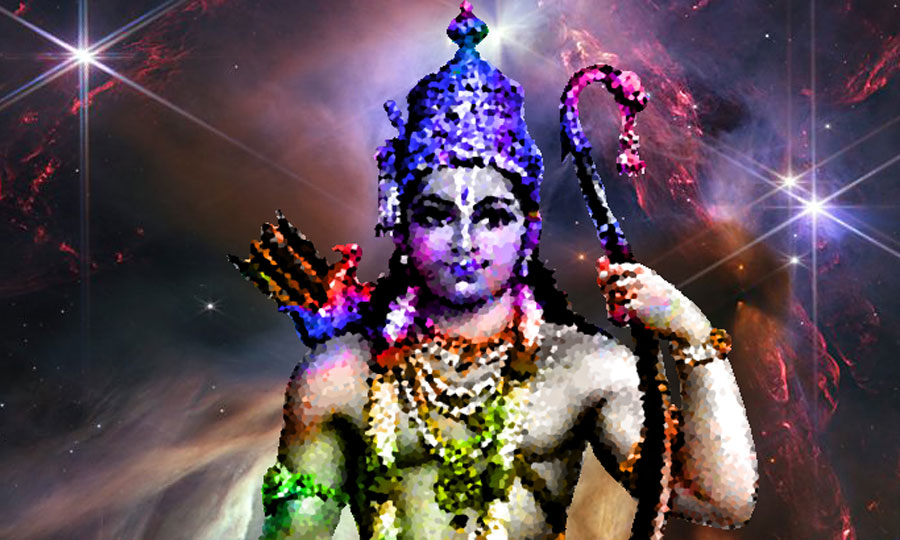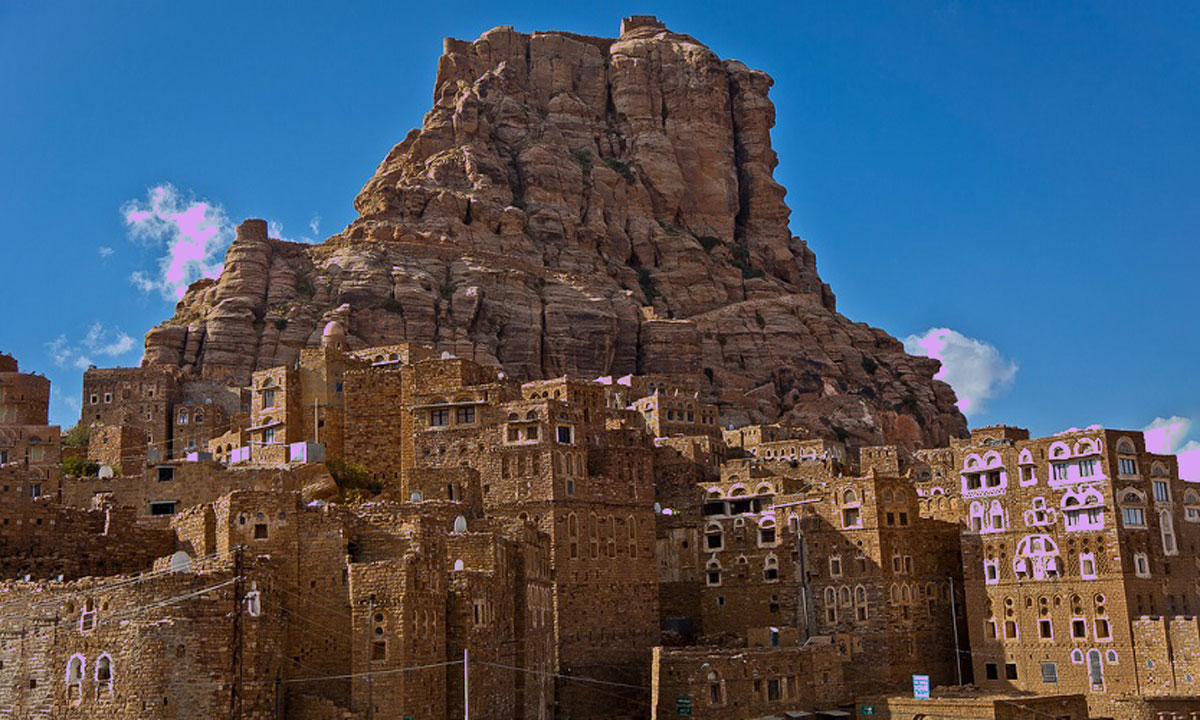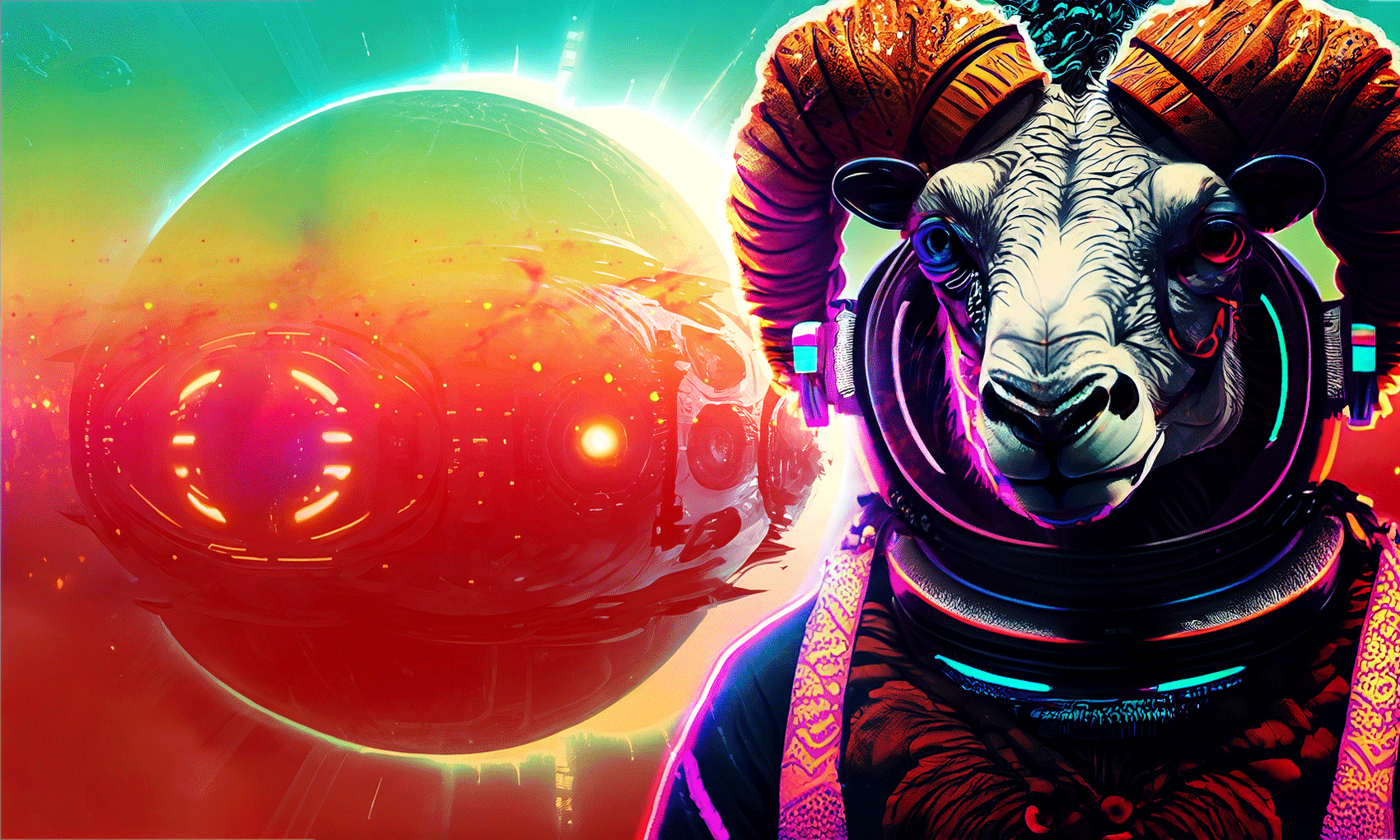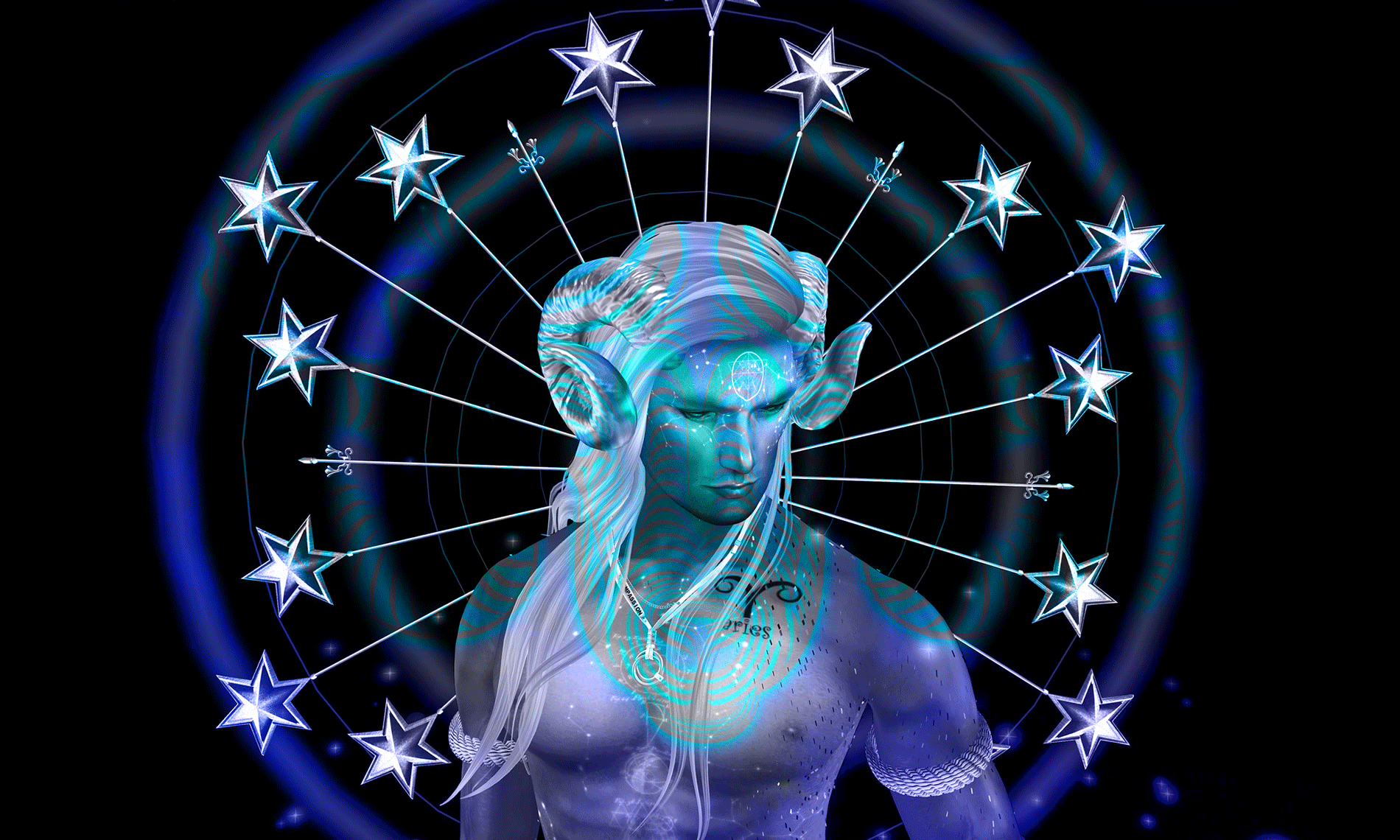
For twelve years, I have been tracking Rama on every known civilization. I wrote my first article in 2011. Since then, I have returned from libraries, breathed tons of dust, robbed of mythologies, compulsed registers, deciphered hieroglyphs and ideograms, studied dead languages, unmasked lookalike and see, I continue as if nothing had happened. On such a good path, why stop?
Ram with a hundred names
Rama is so famous that he is no longer presented. And yet, despite the thirty or so articles that I have already devoted to him, I feel that I do not know him yet. How can we identify an all-powerful prodigy whose life spanned millennia? How can we recognize him, when the names given to him are almost as numerous as the years of his reign?
Ra, Ram, Ramos, Rama, Amon-Ra, Osiris, Iramar, Amen, Imen, Amun, Ream, Phra-Lam, Lama, Fô, Pa, Pa-Pa, Pa-Si-Pa, Pa-Di-Shah, Gian-Shyd, Deocès, Dionysus, Bacchus, Mars, Jupiter, Zeus-Amon, Hi-Ram, Raama, Raema, Bel, Belenos, Gilgamesh, Adonaï, Yahveh-Sabaoth, Our-Ranos, Mitra, Cuchulainn, Kukulkan, Quetzalcoatl, God the Father, Bondié — these are some of the names that are given to him on Terra. And under Terra, in the depths of the hollow earth, it is called Enki, Hephaestus, Hades, Lucifer or Belial. His descendants today reach more than seven billion heroes, and in their veins at all flows a little of his precious blood, delivered for us and for the multitude to give us awakening. If there is a man, god, deva or daimon who deserves the title of Kristos, do not doubt it, it is Rama.

The one who is no longer
He is the hidden one, the one who is no longer, the one whose time is gone. His name and exploits were erased from Western memory as a result of a spell uttered by his brother Seth or Satan. Known by a host of names, but unknown for what he was, Rama sees his exploits and successes fragmented and distributed to many nominees. There are no usurpers in this crowd. Every name has an aspect of itself, an endless period of its life. He is the god of the former gods, the first terraformer, our supreme teacher. He defeated the exterminating giants with twenty arms and a hundred eyes. He exterminated the reptilian dragons, prisoners of the red veil, possessed by the pleasure of immolating whole crowds in the flames of their voracious mouth.
First emperor of humans, he unified the five continents under a single and just law, that of love. No doubt he terraformed the sixth continent, the Antarctic then free of ice. He taught the little ones throughout the nations, he spread the use of a single language throughout the earth. His happy and brilliant reign lasted the entire silver age, the sixteen thousand years of Treta-Yuga. But today, the hidden has become the one-who-is-no-longer. His time has been over for 10,000 years. It ended at the edge of the Dvapara-Yuga and now the fourth and last Yuga, the dark age, the era of darkness, is coming to an end.
Rama, biblical patriarch
Rama (Raama) or Raema (in Hebrew ר ע מ ה) is a patriarch quoted in the Book of Genesis (Gen. 10,7) in a single verse. So we only know his genealogy.
The son of Kush, the firstborn of Ham, and the brother of Nimrod, Rama, and his two sons, Sheba and Dedân founded three of the 70 Postdiluvian families (Gen 10:6-8; 1Ch 1:9). Centuries later, descendants of the tribes of Raama, Dedân and Sheba all traded with Tyre (Ezekiel 27:20-22). The name of Sheba could be that of a people, that of the Queen of Sheba, the black beauty to which Solomon the Great dedicated the Song of Songs. So the Queen of Sheba will be a descendant of Rama — and she could have given Solomon the spaceship of Ram, a relic that her people would have treasured. This makes many assumptions. I argue that the descendants of Sheba trade with Tyre, and therefore with the Hebrews. Which may support my hypothesis.
The Queen of Sheba was further away from Solomon than from Yemen: she only had to cross the Gulf of Aden to reach the southwest coast of Saudi Arabia — Aden, Eden, let’s not look any further for the origin of the biblical paradise.
It is not known with certainty where the Raama tribe resided, but Wikipedia chooses Rima, a town of Yemen near Maḥîn, in southwestern Arabia (source) I have a different opinion. The Rama tribe was rather in the ancient city of Thula, based in the governorate that borders north Rima in the north. As I was looking for a lead on this town of Rima, I came across the following photo of Thula.

The fortress of Thula is an arase mountain. I’ll bet it was called Takht-e-Suleman, Throne of Solomon. Across the East, even as far as China, as well as in Africa and America, there are truncated pyramids or flat-topped mountains. Some are still called Takht-e-Suleman. These thrones were landing and takeoff runways for the spaceship of Solomon, a precious inheritance that came to him from the gods of before. Of Rama, why not? Did not the great god have a large air fleet?
I note in passing the homophony between Thula and Thule, the city of the gods located in Hyperborea.
The peaceful warrior
Rāma (Sanskrit: र म ) or Rām (Hindi: र म), or Irāmar (Tamil: இர மர ) is a true or mythical king of ancient India(1) whose life and heroic exploits are narrated in Rāmāyaṇa(2) one of India’s two major epics, written in Sanskrit(3). Astronomical data from the epic poem would date his reign to approximately the 20th century B.C. Hindu tradition claims that he brought happiness and peace during the Trêta-Yuga. The Rāmāyaṇa was fixed in writing several tens of centuries after the supposed reign of Rama, probably around the beginning of the Christian era. (source)
(1) Rama is a true or mythical king of ancient India: True, certainly, even if the greatness and number of his achievements make him mythical. He is not only king of ancient India, but emperor of the world.
(2) His life and heroic exploits are recounted in the Rāmāyaṇa: A very small part. All the nations that knew him composed their Ramayana. And depending on the period of her life that they related, you’d think they were different heroes. But there was only one emperor of the human race.
The Ramayana is written in Sanskrit: Yes, but other Asian, European, American or African epics are dedicated to it. They were written in other languages. The language of the Goslings and the language of the origins come together to explain the Sanskrit word. It breaks down into san (spanish: saint — japanese: teacher) and skrit (scripture). Sanskrit is the sacred language par excellence, which has left its mark in all the others.
Rama would have brought happiness and peace during the Treta-Yuga: The Treta yuga corresponds to the silver age. It lasted 16,000 years. (source) Is this also the life span of Rama? If the Ramayana was written at the beginning of the Christian era, it is 10,000 years after the end of the reign of Rama: all the Dvapara Yuga (8,000 years) and half the Kali Yuga, that is 2,000 years. The Ramayana cannot be trusted when it was written so long after the facts that it relates. I was going to write: after Rama’s death. This could shock his worshippers who believe him eternal. In my opinion, former gods are mortal, like all living creatures.

The image of Rama
One finds Rama Murti, the representation or image of Rama in the Rāma-Pûrva-Tâpinî-Upanishad (4:7-10), quoted by Daniélou:
Rāma is represented with Nature, his wife, at his side. He is of dark colour, wearing a yellow veil. His hair is fixed in a bun. He has two arms, wears two large earrings and a precious necklace. He seems proud, holding his bow and smiling. On her left knee sits the cause of the Universe, the primordial energy called the Cold (Sis). It has the brightness of pale gold. Her arms are covered with heavenly jewels. She holds a lotus in her hand. Rāma looks strong and beautiful. Behind him is his brother Lakshamana, who is pale gold. He holds a bow and a few arrows. All three form a triangle.” (source)
Rama is dark in colour: he is black, I have said it many times. Like Osiris. Like Krishna. Like all patriarchs. Like Zeus etc. The first white “god” is Arjuna. Its name means the White (अर ज न , in Sanskrit) which implies that all other “gods” were black. Arjuna is the son of the god Indra, third of the five Pandava. (source)
According to Daniélou, the adjective “charming” and the quest of his wife locked in a distant fortress, guarded by a demon, makes the gesture of Rama the very probable origin of the character of the “Prince charming” of Western legends. (source)
Sharing Rama
I wrote my very first article on Rama about flying machines that are attested in the sacred literature of the Hindus. That was nine years ago, in October 2014. Of course, this article has been updated over the course of my discoveries about this fascinating Hyperborean character, who has been Indian only in the few years he spent in this country. To tell the truth, Rama is the ultimate citizen of the world, with all due respect to the Hindus who would like to keep him to themselves.
Rama became the first planetary emperor, before being the mythical Buddha, black skin and giant in size and influence. Like all the former gods, Rama comes from Hyperborea, and before that, he comes from Alcor where the Great Goddess reigns.

She is found in all archaic or recent religions, under a host of names.Her last avatar is Anne, mother of the Virgin Mary. I have serious doubts about her historical existence. But on that of the Great Goddess Ana, Our Lady of Alcor, I have none. On her trail, I have just started a track that promises to be as rich as that of his son Rama. But not that long, unless I can still hit a keyboard in nine years.
My fate is in your hands, Ana, my beloved! Help me to spread your image, to recount your exploits, to give thanks for your blessings, generous mother of the human race. In the meantime, I dedicate to you this new article on the great Rama, so kind, so generous, so endearing. Wherever he went, he struck the crowds, moved the hearts, enchanted the spirits. If you have not already done so, I invite you to immerse yourselves in the exceptional destiny of this god who was so human.
The world of Rama
- Druid Ramos
- Ram and the Druidesses
- Rama Airlines
- Ramage
- Ram The Aries
- Cernunnos
- The Saying of Iahn
- The Odyssey of Rama
- The Saying of Lugh
- Aeneas’ Odysseus
- Ramayana And Odyssey
- Rama the Conqueror
- The People Of The Sea
- Eskwander, The Wandering People
- The Thrace of Rama
- Abracadabra
- The Empire Of Rama
- Hanuman The Monkey God
- The Rama Bridge
- The Emperor of the World
- The Wisdom Of Lama
- TheTeaching Of Lama
- The Hundred Names of Venus
- The Hundred Faces Of Rama
- The Origin of Harem
- Sons of Ram
- Ramifications
- Pericles, Lug and Buddha
- King Naram Sin
- May Thy Name Be No More!

‘You must have chaos within you to give birth to a dancing star.’


